Hunter-gatherers cross the channel from Sicily to the Maltese islands, and thrive on local deer, seals, and fish.
Source: Daniel Clarke
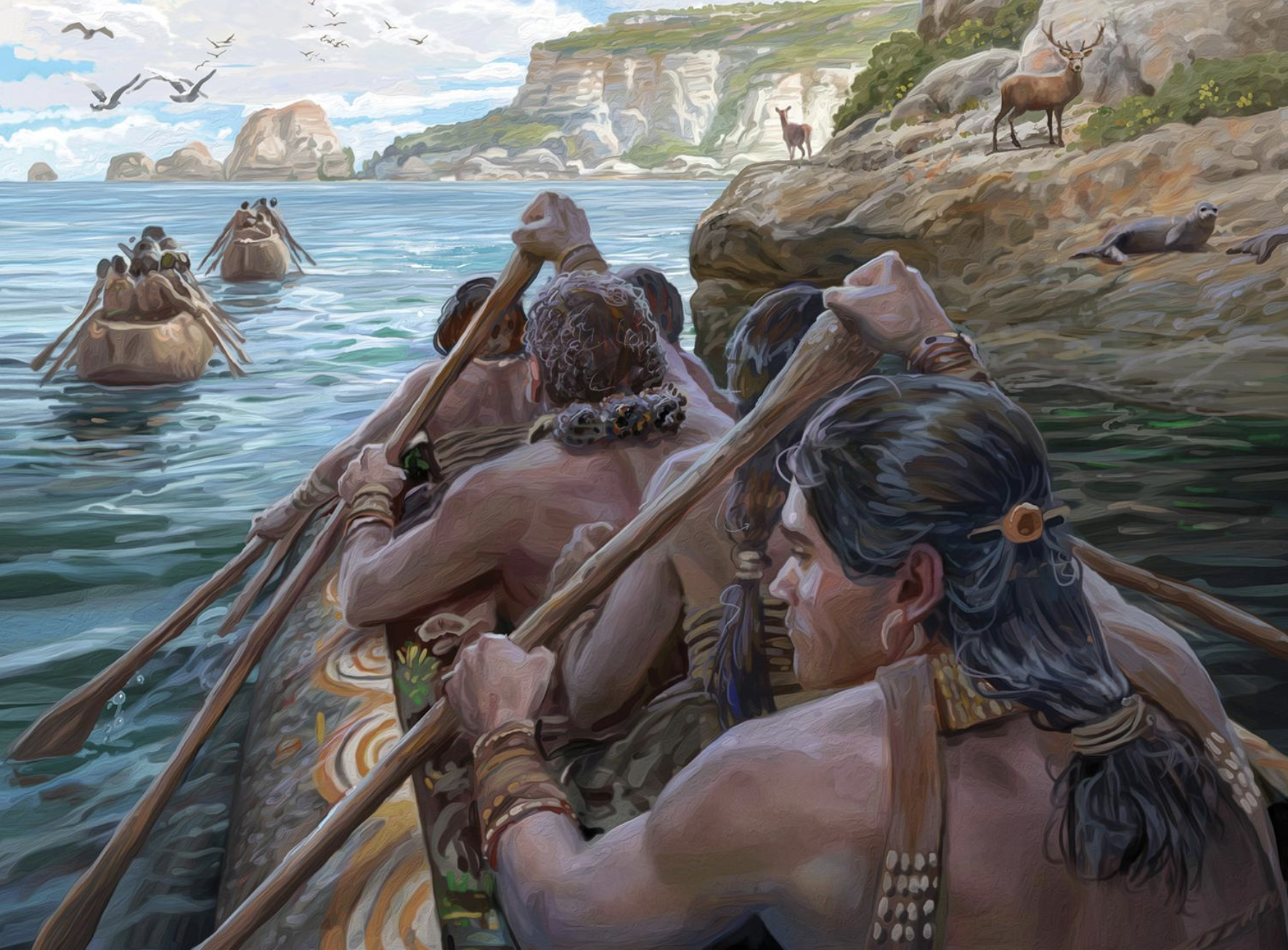
Agriculture, pottery, and animal domestication make their way to the islands.
Għar Dalam in Birżebbuġa is inhabited.
Prolongued drought and unsustainable farming methods render the island too dry to sustain agriculture, and is gradually depopulated.
A thousand years of desertion...
A second wave of colonists arrives from Sicily.
The Ġgantija ('Giantess') temples are erected in central Gozo.
Source: AI-generated
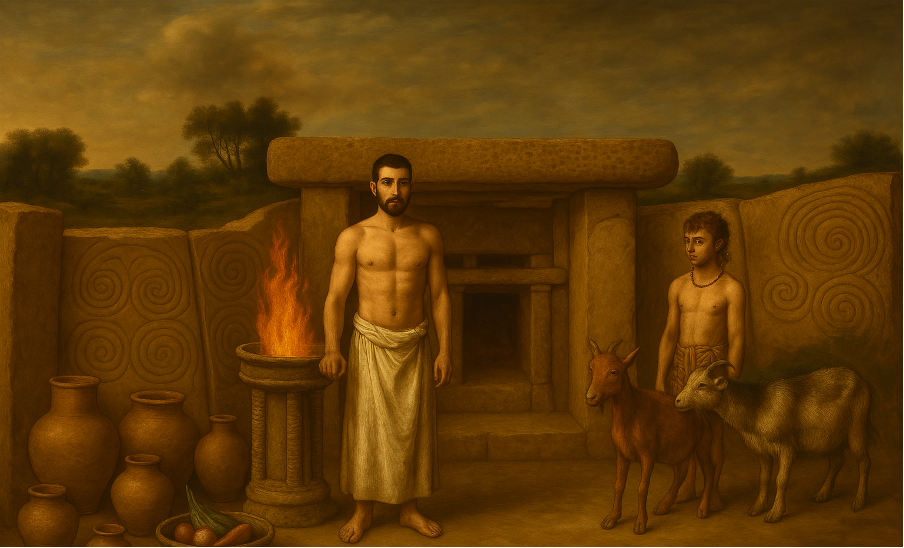
'Fat Lady' figurines are carved in a manner similar to what is found throughout the rest of the Mediterranean, thought to represent human and agricultural fertility.
Source: Jan van der Crabben
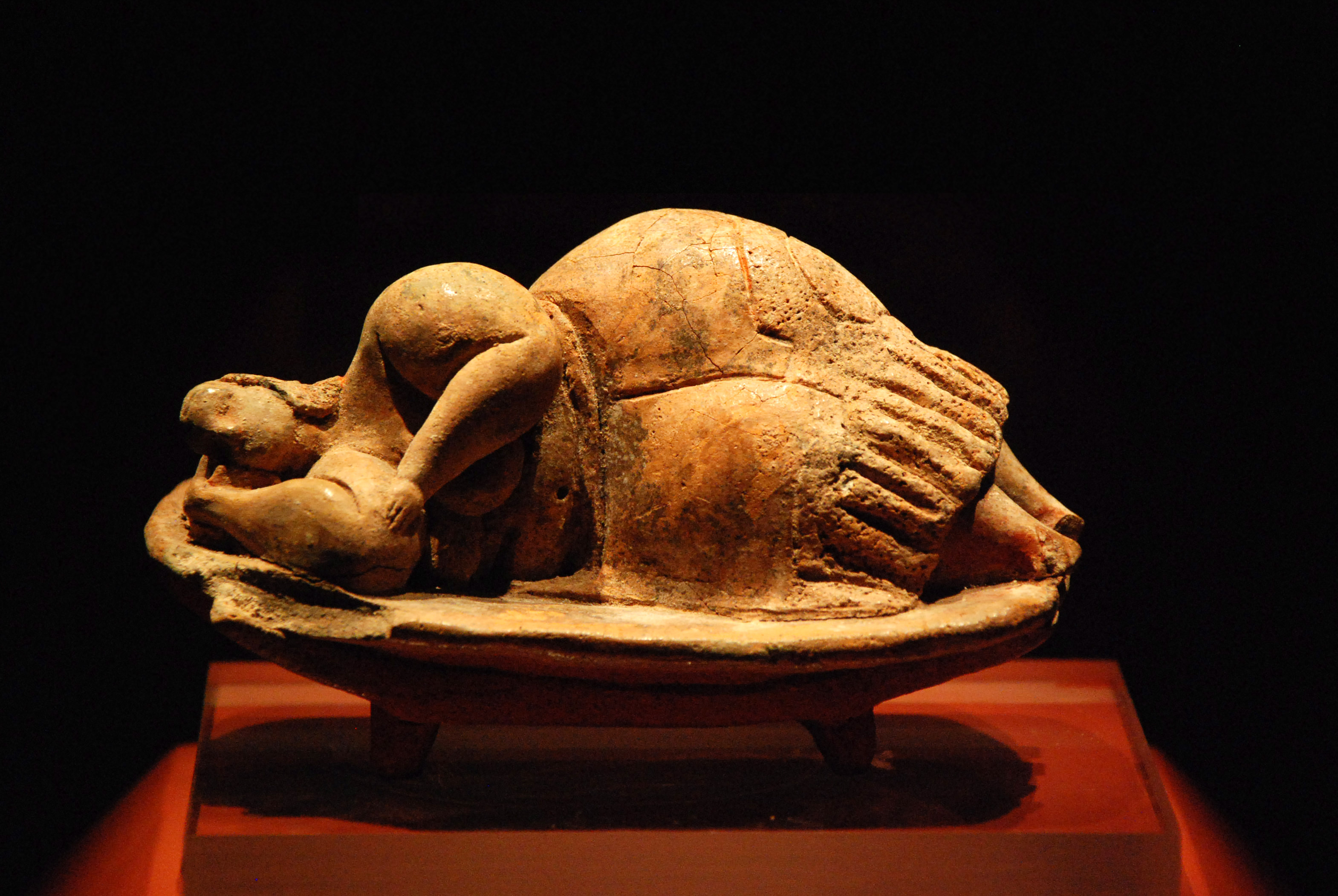
Ta' Hagrat Temples are erected in Mgarr.
This is the peak of a thriving Megalithic culture which builds some of the oldest and most complex temples of the time.
Source: AI-generated
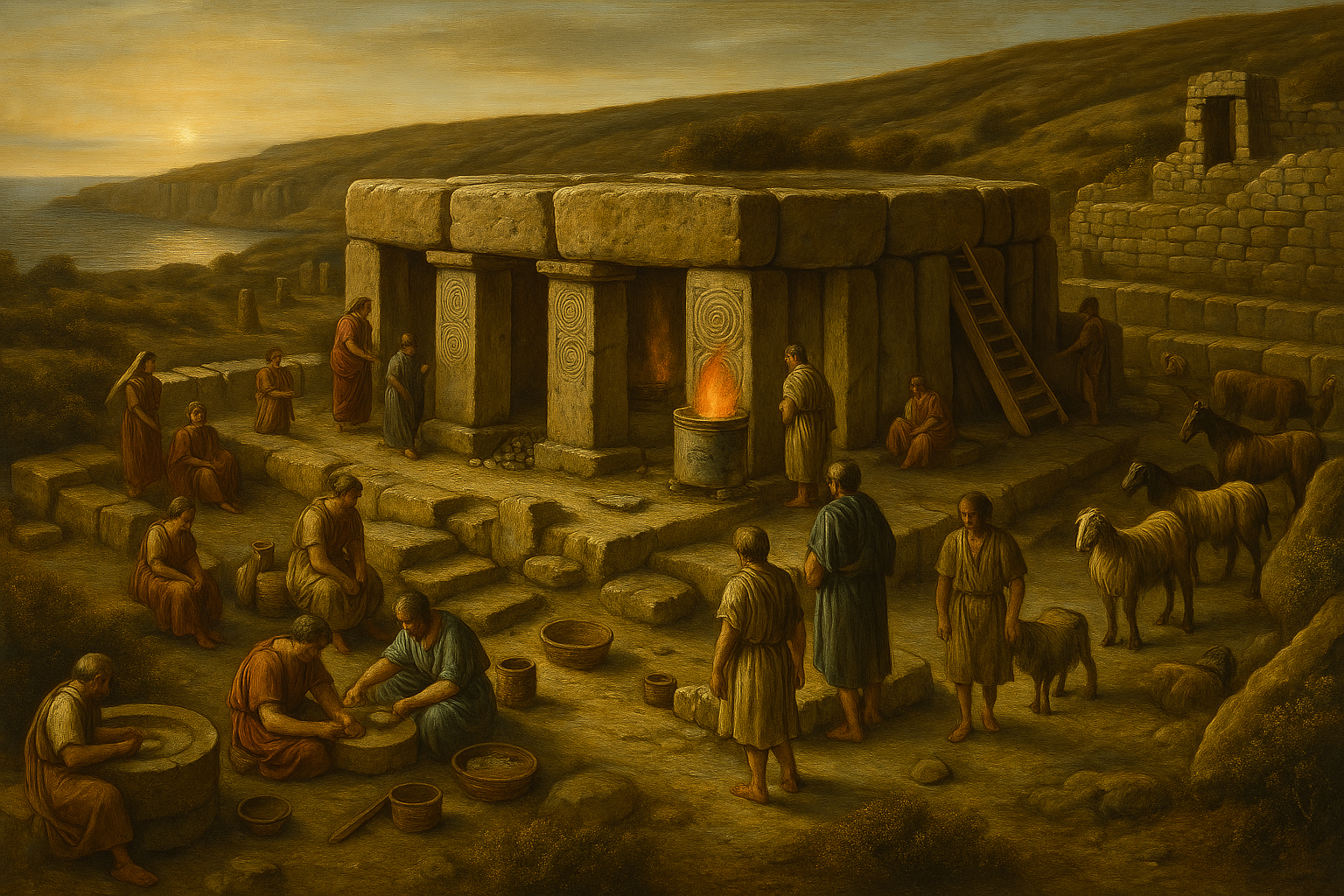
The establishment of the Minoan Civilization in Crete.
Tarxien Temples are erected with intricate engravings of spiral motifs and domestic animals.
The first phase of Stone Henge is built in England.
Feasts and ritualistic animal sacrifice occur regularly in temples.
The Great Pyramid of Giza is constructed.
Erection of the Borġ in-Nadur temple in Birżebbuġa.
Collapse of the Megalithic population.
Repopulation by Bronze Age settlers.
A village is built around the Borġ in-Nadur temple, consisting of huts, a cemetery and a 4m high stone wall. This is the first fortification of the island and it will be inhabited for two millenia.
Large stones in a table formation (dolmens) are erected around the islands.
Dwarf red deer become extinct on the islands.
The Phoenician alphabet is developed, one of the first to use a set of symbols representing sounds, rather than complex pictograms. This will develop into the Greek, and later Latin alphabets.
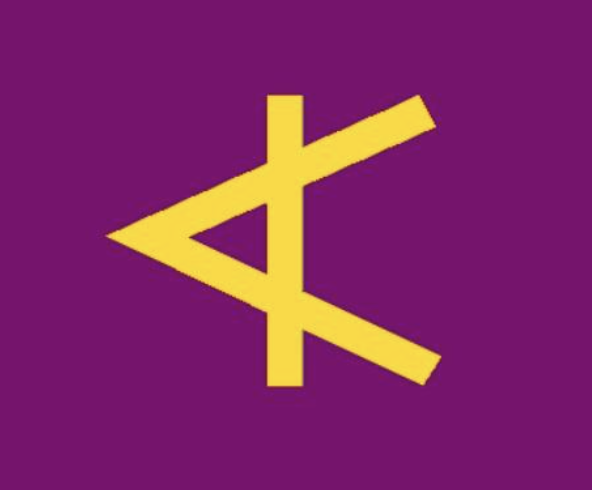
A seafaring people from the region of modern day Lebanon establish their presence on the islands.
The construction of the city of Maleth (shelter), which will later become Mdina. This was far larger than the modern city and will serve as the capital for over 2000 years.
The Phoenicians introduce beekeeping which prove to be successful. Greek trading partners refer to the island as Melite, meaning honey-sweet, which eventually becomes synonymous with the island.

The islands are passed on to Carthage (a Tunisian colony of the Phoenicians) and become a flourishing hub of maritime commerce.
Tensions between Roma and Carthage, the two Mediterranean super-powers, explode over territorial disputes in Messana, Sicily, triggering the first of three Punic Wars.
The Romans win a major naval battle and raid Malta.
Rome decisively defeats Carthage at the Battle of the Aegates Islands, forcing Carthage to surrender and cede Sicily, marking the end of the first Punic war.
Carthiginian general Hannibal leads a massive army including war elephants from southern Spain, through the Alps into Italy, losing nearly half of his army in the process. He still crushes the Romans with his genius strategy.

Despite heavy losses, Rome ends the Second Punic War by defeating Carthage and becomes the Mediterranean superpower. Malta thus becomes part of the Roman province of Sicily.
Construction of the Domus Romana, an aristocratic house located near Mdina.
Source: Adapted from HeritageMalta
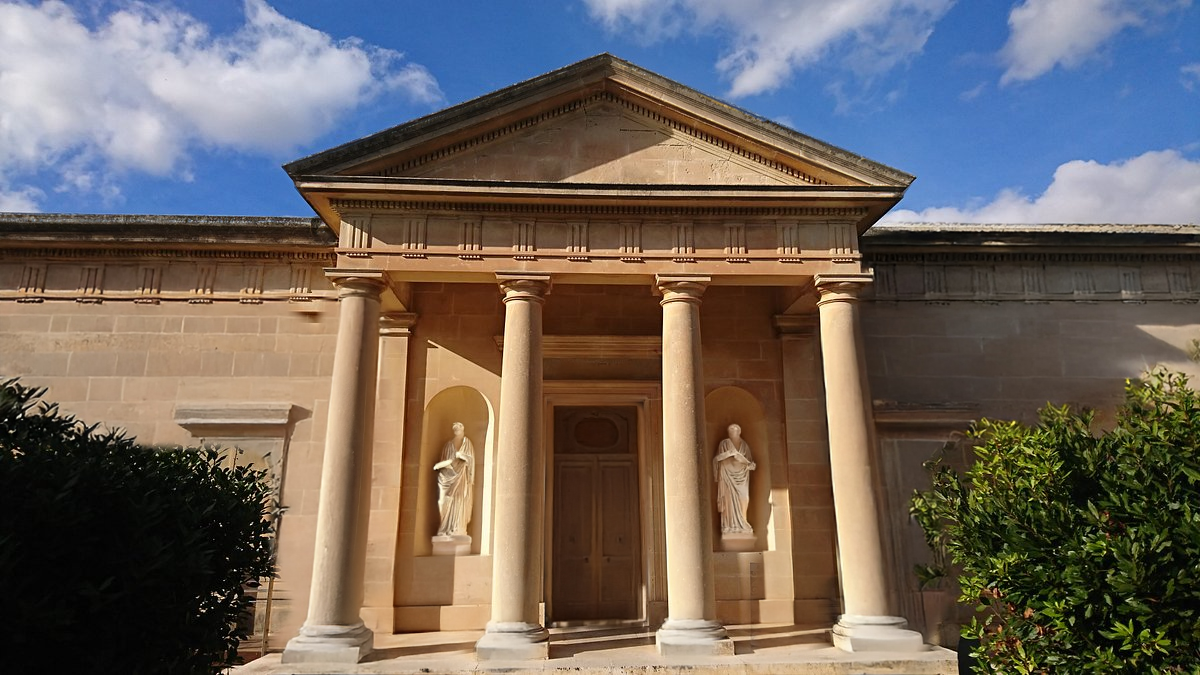
The birth of Christ according to the 6th-century monk Dionysius Exiguus, which set the basis of the Gregorian calendar.
St. Paul's Shipwreck
According to Christian scriptures, St. Paul was traveling to Rome as a prisoner, but was caught in a storm which caused him to become shipwrecked on a small island off the north-east of Malta. Paul performed miracles in view of the Maltese people which converted them to Christianity. He is bitten by a highly venomous snake but was unaffected by the venom, and later heals the dysentery-afflicted father of Publius, the 'prince' of Malta. Publius becomes the first bishop of Malta and is later canonised as a saint by the Catholic Church (Maltese: San Publiju).
Source: Ludolf Backhuysen c.1690
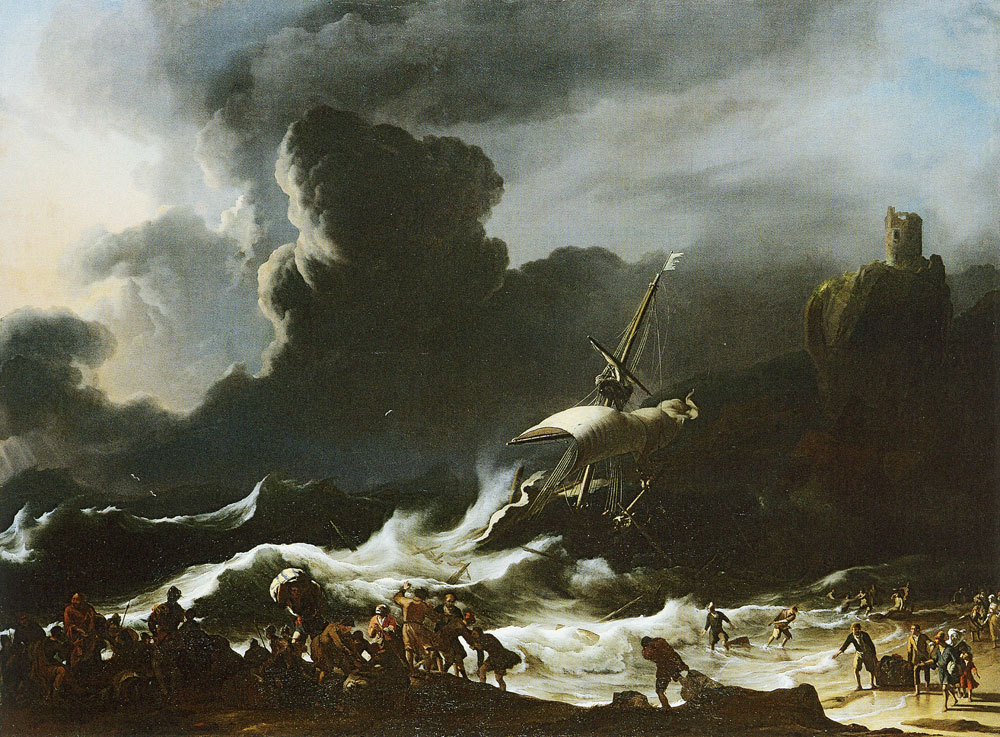
A great fire engulfs Rome. The Christians are blamed and persecuted, leading to the martyrdoms of St. Peter and St. Paul.
Roman Baths are built at Għajn Tuffieħa, taking advantage of a fresh water spring in the area for a constant flow into the frigidarium (cold bath), tepidarium (warm bath), and the caldarium (hot bath).
St. Paul’s Catacombs are dug out just outside the city of Meilte, where Christians and Jews bury their dead for the following 500 years.
Theodosius I declares Christianity the state religion of the Roman Empire.
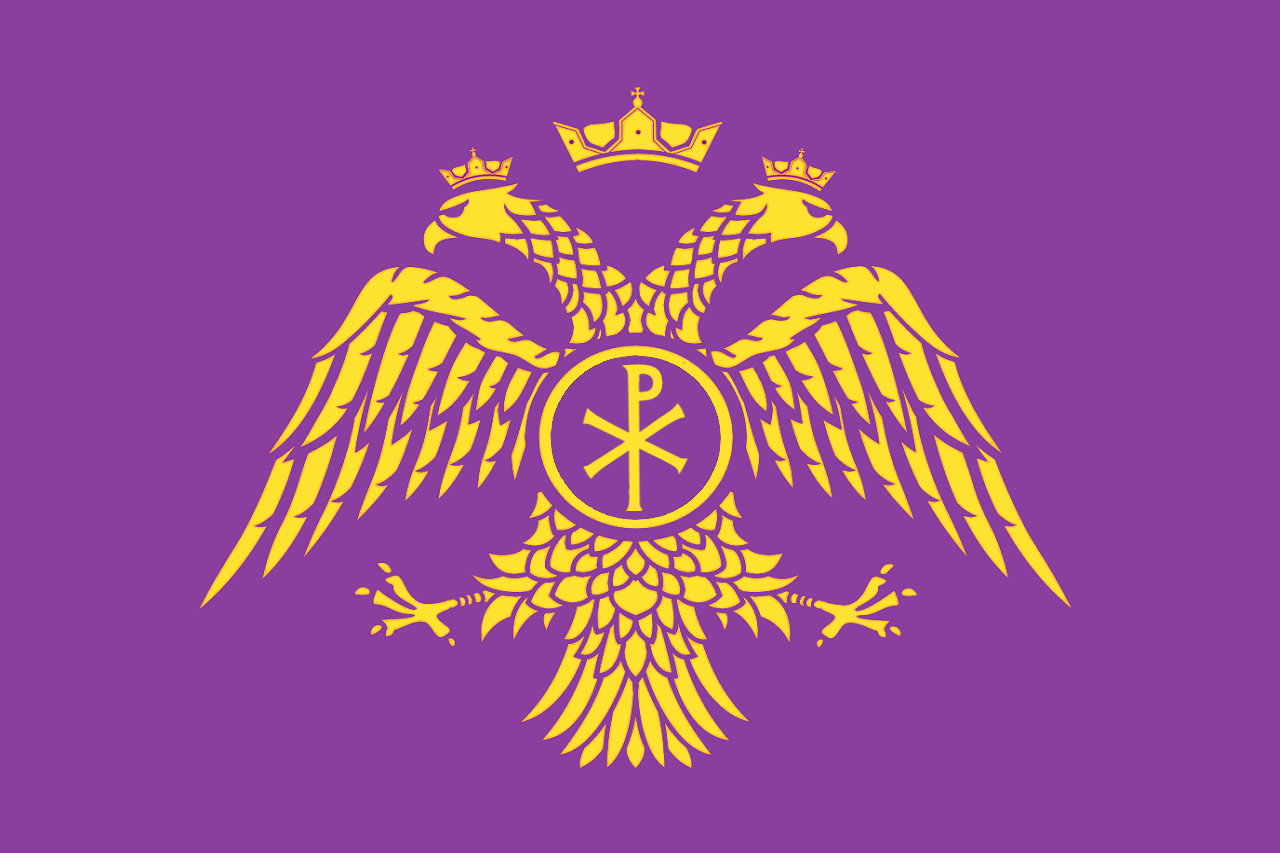
The Roman Empire is formally divided into a Western and an Eastern part, the latter will be named after its new capital city, Byzantium.
Germanic tribes breach Roman borders by crossing the frozen Rhine.
Rome is invaded and sacked by the Visigoths. St. Jerome writes: The city which had taken the whole world was itself taken.
Barbarian invasions which fell the Western Roman Empire finally reach Malta. The Germanic Vandals plunder the islands in the Western Mediterranean including Malta, and North Africa.
Byzantium reconqueres lost Mediterranean territory.
The death of the Islamic prophet Muhammed triggers a rapid territorial expansion of Islamic Arab caliphs and the beginning of the Islamic Golden Age.
The Byzantines become anxious of an Arab attack and reduce the size of Melite (Mdina) and form trenches around it for better defence.
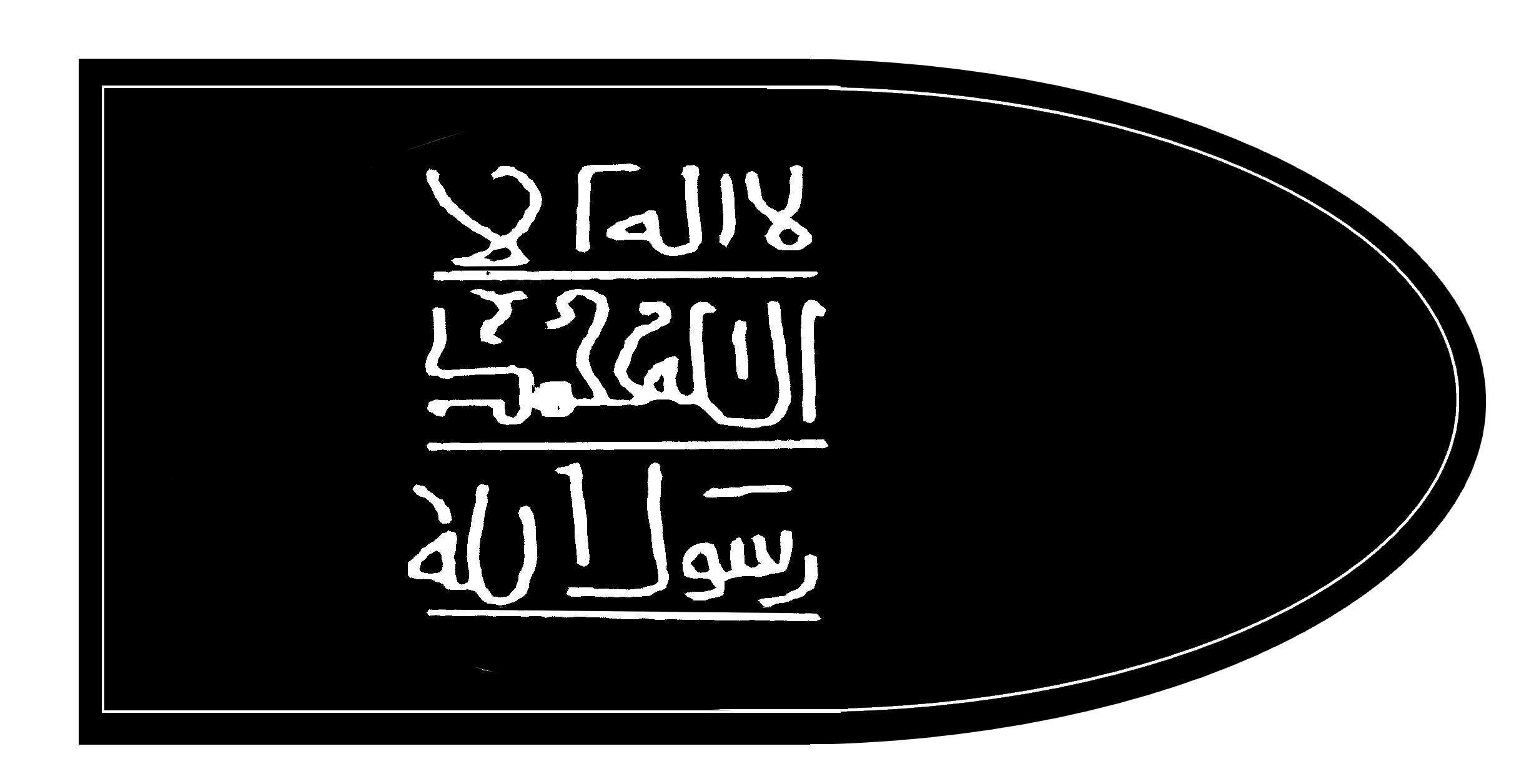
The Aghlabids, a North African dynasty, attack Malta and raze the city of Melite. Its churches are stripped of stone and marble and shipped to Tunisia to build the Sousse fortress. The islands are depopulated following these attacks out of fear.
The Arabs successfully conquer Sicily from the Byzantines.
The Fatimids (another Muslim dynasty) overthrow the Aghlabids and become the new owners of Sicily and the Maltese archipelago.
The islands are peacefully handed to the Kalbid dynasty.
Still deserted… the islands become home to wild donkeys, sheep, and honey bees.
Source: AI-generated
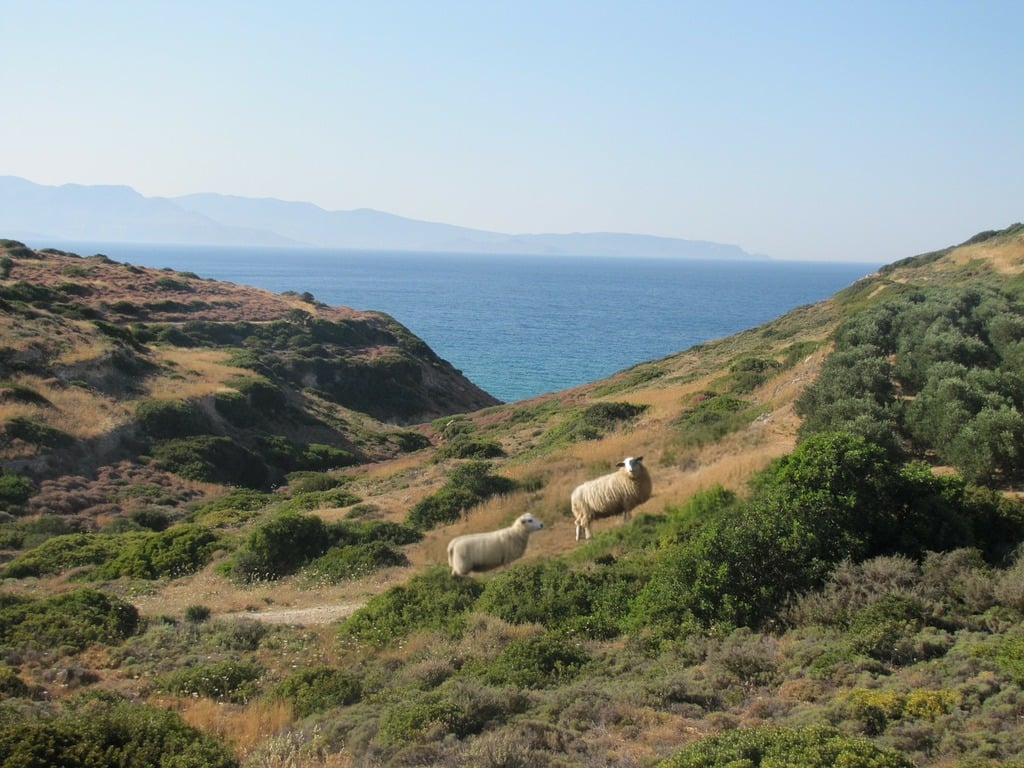
Gradual repopulation by Muslims from Sicily and Calabria who speak Siculo-Arabic, the precursor to modern Maltese.
The Normans start their campaign in southern Italy, advancing further south.
Medina is built upon the ruins of the Byzantine city of Melite, including the present-day fortified walls.
The Byzantines again attempt to retake Malta, but fail to besiege the newly refurbished Medina.
The Normans conquer England in the Battle of Hastings.

The Arabs are expelled from Malta by the Normans, led by Count Roger I of Sicily. In later centuries, legends arose that the Count gave the Maltese their red and white flag by cutting a part of his chequered banner. This is also the beginning of Malta's tumultuous Medieval period, where it is treated as a fiefdom and exchanged between numerous European powers.

Malta is integrated into the Norman Kingdom of Sicily, following the death of Roger II's father. This started the Christianisation of the islands.
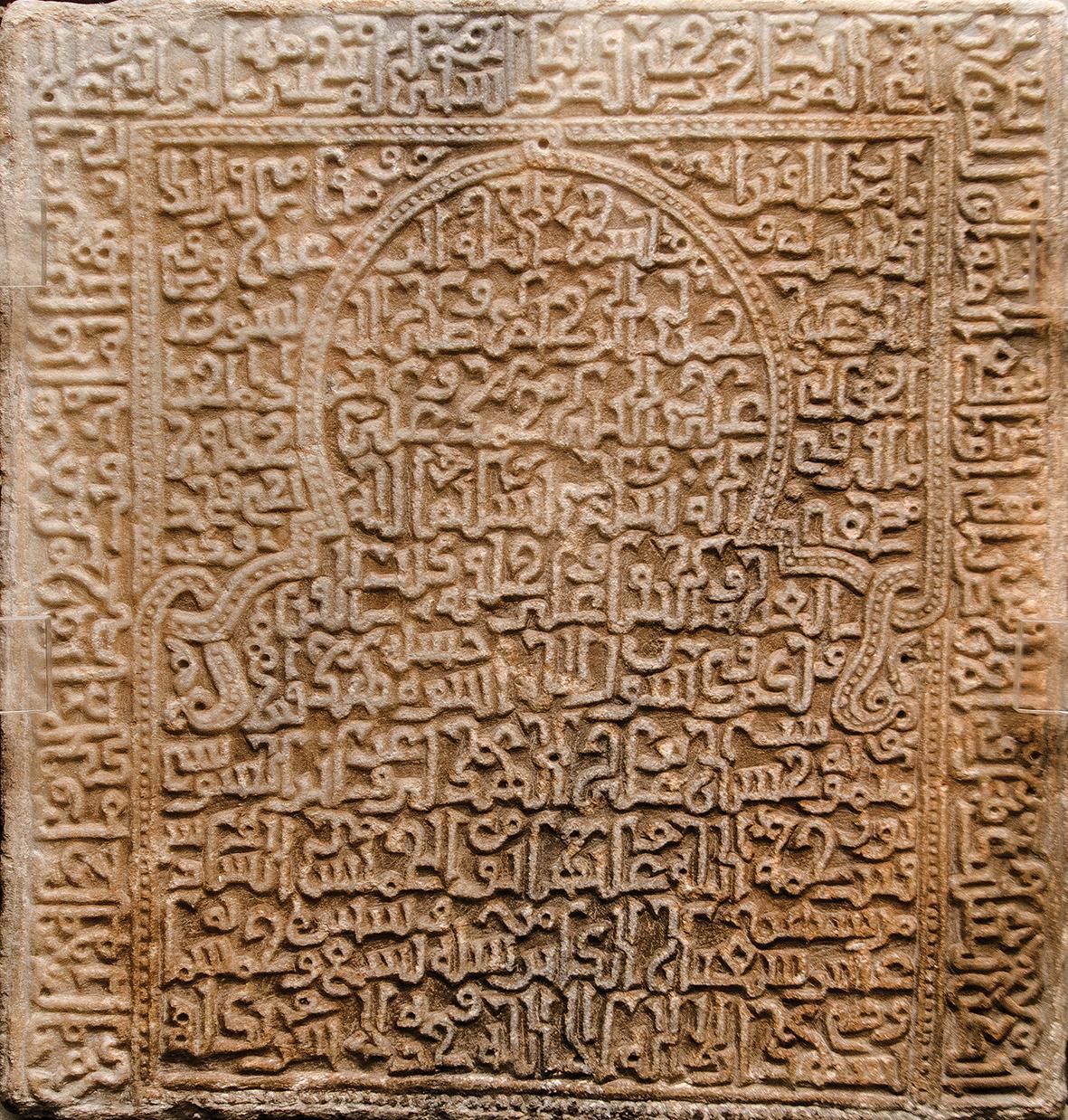
A girl called Maymūna dies and has an Islamic burial, leaving behind a beautifully carved marble tombstone in Arabic script. Despite Norman rule, Islam remains the dominant religion.

After the death of William II of Sicily, the islands are inherited by the Holy Roman Empire under Henry VI, son of Frederick Barbarossa.
Fibonacci publishes The Book of Calculation which popularises Arabic numerals in Europe.
The entire male population of the town of Celano (Italy) is exiled to Malta and Sicily after its defeat by the Holy Roman Empire in The War of the Keys.
The expulsion of Islam is complete, but Siculo-Arabic remains spoken amongst the locals.
Baghdad is sacked by the Mongols, and the Arabic Golden Age comes to an end.
Malta falls into the hands of the Angevins, a French dynasty, due to the political shifts following the death of the last Hohenstaufen king.
A Sicilian rebellion against the rule of French-born king of Sicily is triggered by a French soldier insulting a Sicilian woman, leading to widespread rioting. This rebellion quickly escalates into the War of the Vespers.

The Aragonese (Spanish) attack and seize Malta from the Angevins (French).

The Arabic mashrabiya (Maltese: Muxrabija, AKA in-nemmiesa) becomes widespread, allowing air circulation in homes. . It will later evolve to the typical Maltese Gallerija.
The Black Plague decimates Europe and finally reaches Malta. This is the first in a series of plague outbreaks which will occur intermittently over the next 600 years.
Malta is formally integrated into the Crown of Aragon (Spain).
Hafsid Arabs launch an attack from Tunisia but are repelled by the Aragonese army and Maltese Dejma soldiers. The Hafsids loot nearby monastaries and capture thousands as prisoners. According to legend, St Paul appeared on a white horse to defend the Maltese.
Pietru Caxaro writes Il-Kantilena, the oldest surviving Maltese text. It is largely Arabic in Latin script, with just two romance words: vintura (luck) and et (and).
The Knights of St. John are evicted from Rhodes by the Ottomans.

Charles V, Holy Roman Emperor and grandson to an Aragonese king, gives Malta to the Knights of St. John. This was done with the condition of an annual tribute of one Maltese Falcon to the Viceroy of Sicily. Medina (Mdina) is replaced by Birgu as the capital city.
Immediately after their Siege of Tripoli, the Ottoman Empire unsuccessfully attempts to conquer Malta with a force of 10,000 men lead by Sinan Pasha. Pasha then turns his attention to Gozo, bombarding the citadel and enslaving 6000 Knights and Gozitans which was most of the island's population. The loss of Malta's sister island triggered the Knights to conduct major fortification improvements, including the construction of Fort Saint Michael, Fort Saint Elmo, and the fortifications of Senglea.
The Great Siege of Malta
In May, an Ottoman force of c.40,000 men landed on Malta, aiming to seize control of the island as a strategic base. The outnumbered defenders, led by Grand Master Jean de Valette, resisted fiercely. The Ottomans capture Fort St. Elmo after a month of brutal fighting, then besieged Birgu and Senglea, but determined resistance prevented their success. In September, a Spanish relief force arrived, forcing the Ottomans to retreat. The failed siege was a turning point, halting Ottoman expansion into the western Mediterranean and solidifying the Knights' reputation as defenders of Christianity.
Source: Dominique Papety c.1830
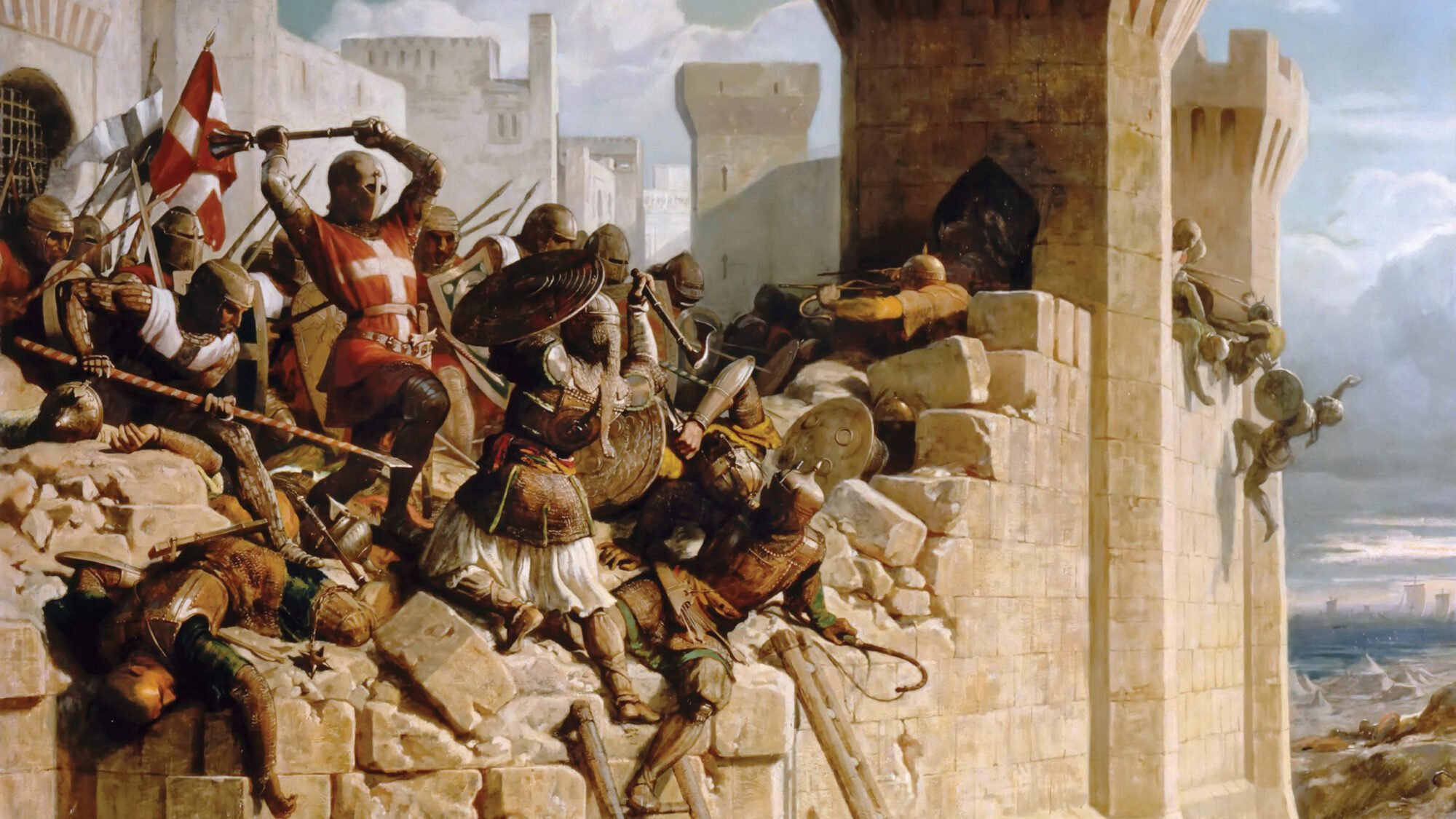
Founding of Valletta
The new capital city is named after Grand Master Jean Parisot de Valette, hero of the Great Siege. Francesco Laparelli, and later Girolamo Cassar design many prominent buildings including Saint John's Co-Cathedral and the Grandmaster's Palace.
Saint John's Co-Cathedral in Valletta finishes construction.
The Sacra Infermeria is constructed which will serve as the leading hospital of Malta for over 300 years. It is now repurposed as the Mediterranean Conference Centre.
Founding of Collegium Melitense in Valletta, a Jesuit precursor to the University of Malta. It is still in use and now known as the 'Old University Building'.
Caravaggio is commissioned to paint a number of pieces, including the masterpiece 'The Beheading of Saint John the Baptist'.
Source: Caravaggio, 1608
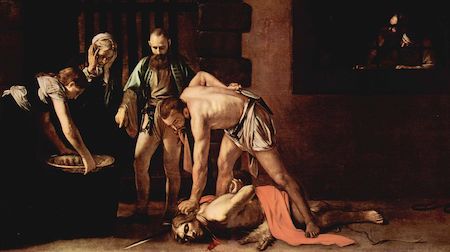
The final significant raid by the Ottomans. A considerable force of 60 ships under the command of Khalil Pasha land 6000 men at St Thomas' Bay in Marsaskala, pillaging Żejtun, Żabbar and nearby villages. Knights and Maltese militia fend off the raiders, who take off and make another landing in Mellieha Bay, raiding its sanctuary before setting sail for Tripoli.
The Lazzaretto (quarantine facility) is opened on Manoel Island.
The Knights colonise four minor Caribbean islands. One could say Malta, via the Order, was a transcontinental empire for 14 years, before selling the islands to France.
The most severe plague (Maltese: pesta) epidemic, killing c.11,300 people, a fifth of the population.
The Gallerija becomes widespread, adapted from the muxrabija.
Source: Adapted from Uwe Aranas
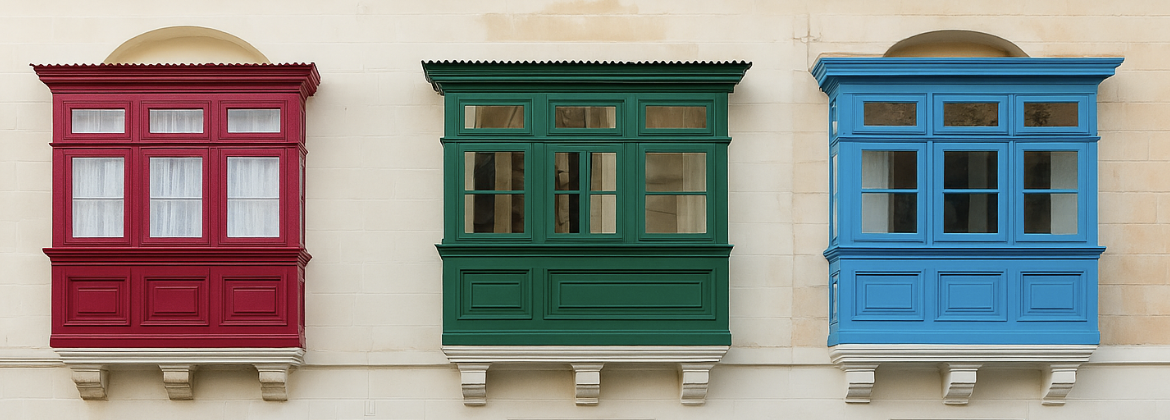
The ban on rabbit hunting is lifted and rabbit stew (Stuffat tal-Fenek) gradually becomes a staple Maltese dish.
The French revolution begins.
French Occupation
June 10, 1798: Napoleon Bonaparte's fleet stops on Malta on their way to Egypt, thinking it is an easy target in a great strategic location.
June 12, 1798: A large number of French Knights defect the Order. The remaining Knights and Maltese militia fail to provide a significant resistance.
June 13, 1798: French troops enter Valletta, and Malta becomes a French Republic.
June 18, 1798: The French loot treasures, including the sword and dagger of Grand Master Jean Parisot de la Valette from St. John’s Co-Cathedral.
September 1798: The Maltese rise in rebellion against the French, starting in Imdina and spread across the islands. Aided by the British and the Kingdom of Two Sicilies, they lay siege to French forces in Valletta and the Cottonera. The priest Dun Mikiel Xerri and another 48 Maltese rebels plot an attack from behind the forifications, but are discovered and captured.
Source: Augusto Ferrer-Dalmau, c.2015
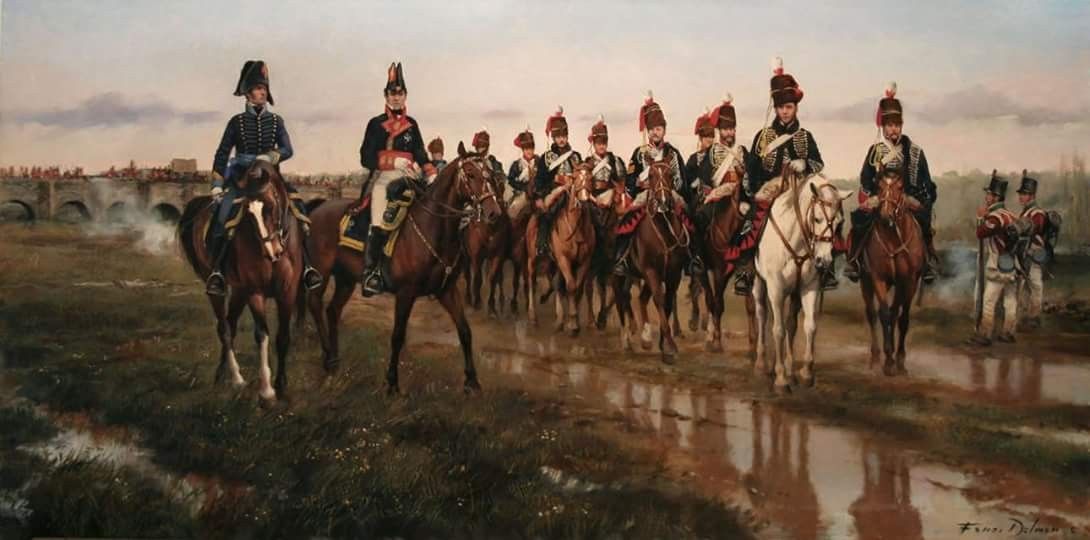
January 17, 1799: Dun Mikiel Xerri bribes a French officer with a silver watch to shoot him in the heart in front of a crowd in Valletta, just after he shouts “May God have pity on us! Long live Malta!”.

September 4, 1800: The French garrison in Valletta, weakened by siege and starvation, finally surrender to the Maltese and British.
Napoleon declares himself Emperor.
Promotion from the status of British 'protectorate' to 'colony'.
Battle of Waterloo ends the reign of Napoleon and results in his exile.
The Rotunda of Mosta finishes construction.
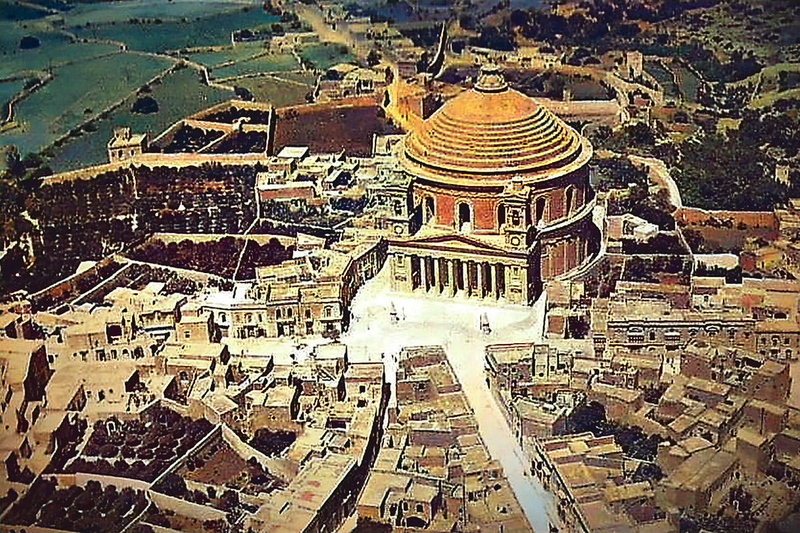
Contruction of the Royal Opera House (It-Teatru Rjal) in Valletta.
The British push to give the English language as much importance in schools as Italian. These reforms were controversial among the Maltese and led to the formation of the Pro- and Anti-Riformista parties. The latter would eventually evolve into the Nationalist Party.
Dun George Preca founds the Soċjetà Duttrina Nisranija, or MUSEUM, to teach catechism in preperation for receiving Catholic sacraments.
World War I
The assassination of Archduke Franz Ferdinand of Austria-Hungary triggers a chain of events that leads to a war between The Triple Alliance of Germany, Austria-Hungary and their allies, versus The Triple Entente of Great Britain, France, and Russia.
Malta serves as a hospital base for wounded soldiers from the Gallipoli and Salonika campaigns. Its hospitals treated over 136,000 soldiers during the war, earning it the moniker of The Nurse of the Mediterranean.
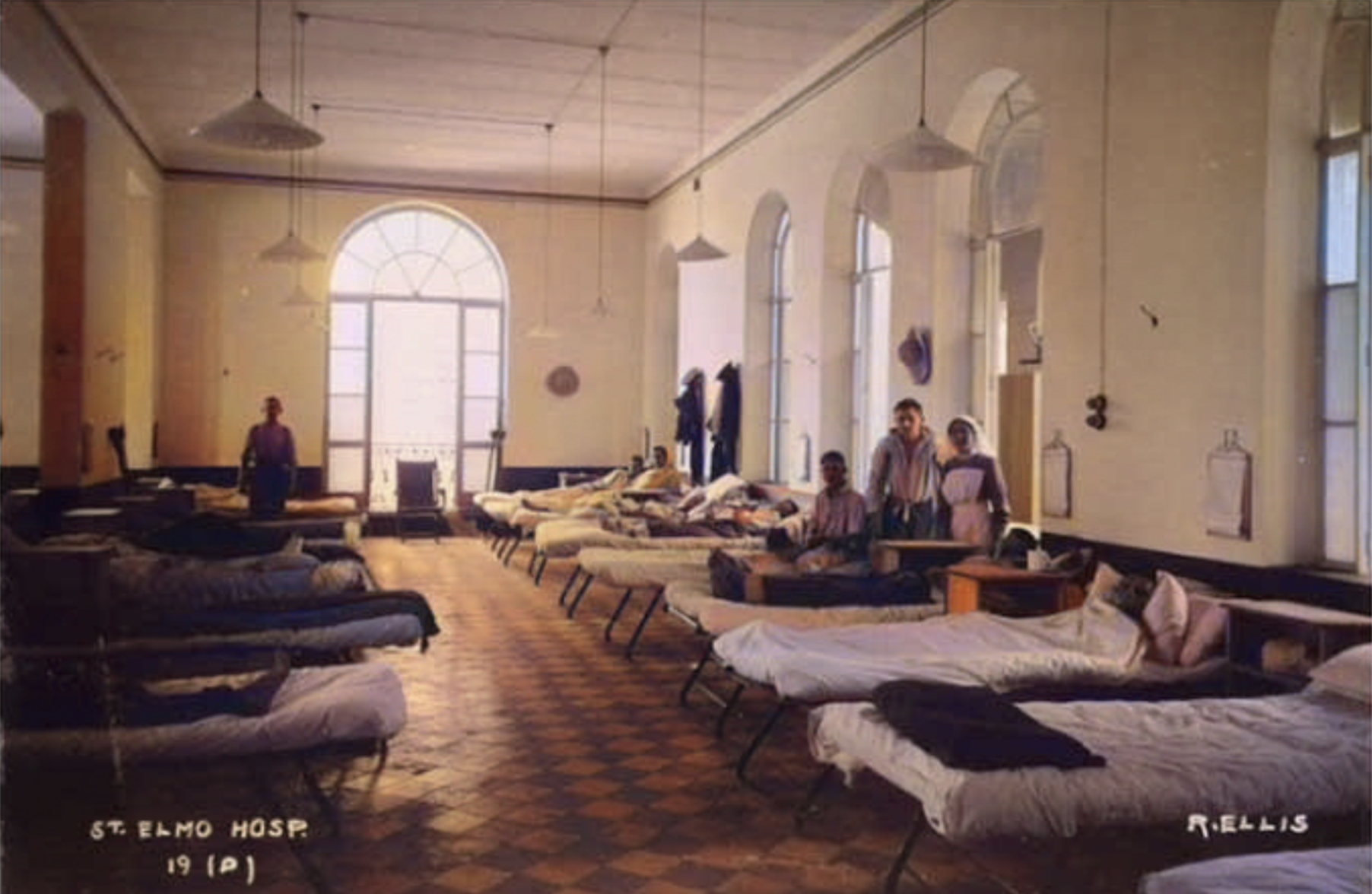
Sette Giugno
The war made the islands economically dependent on British military presence. However, after the war, the British reduced their activity on the island, leading to economic hardship and unemployment among the locals. In addition, the Maltese were frustrated with the colonial administration and desired greater self-governance. This discontent culminated in a protest on the 7th of June 1919, in Valletta, which escalated into a riot when the British garrison opened fire on the unarmed crowd, resulting in the deaths of four Maltese nationals and wounding others. These events only strengthened the desire for independence, or irredentist feelings for the Kingdom of Italy.
Source: AI-generated
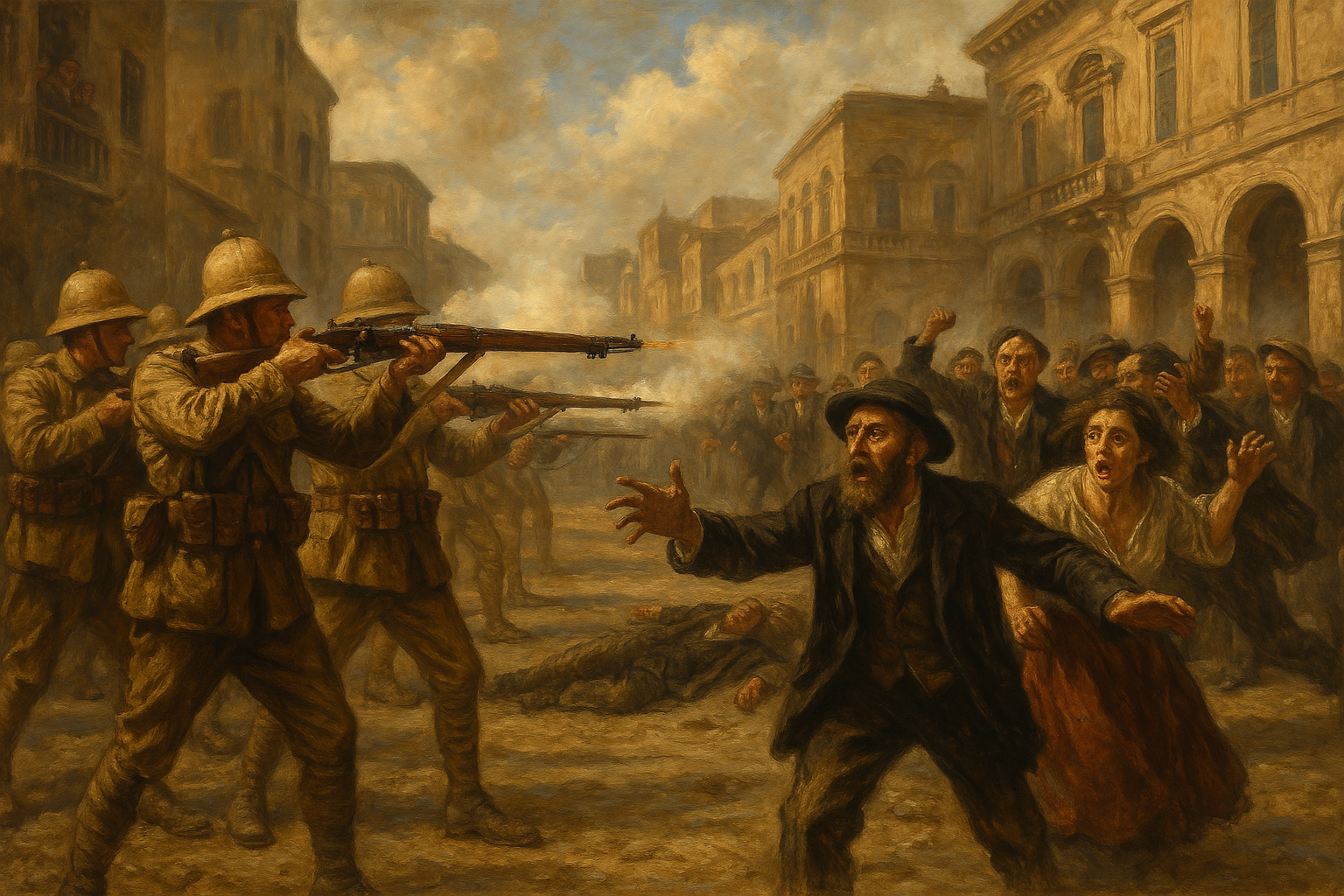
Foundation of the Camera del Lavoro, the precursor to the Labour Party.
L'Innu Malti, written by Dun Karm Psaila, is sung for the first time.
The first official grammar for the Maltese language is published.
World War II
Unsatisfied by the conditions imposed on her after WWI, Hitler-led Germany seeks to expand its historical borders by invading Poland. France and Great Britain, including their colonies, declare war on Germany two days later.
Italy declares war on Britain and France, bringing the war directly to Malta's doorstep. Malta experiences its first air raids from Italian forces, primarily targeting the Grand Harbour area.
The Axis siege and constant bombardement take a toll on the islands. Food is scarce and a few potatoes or carrots are bartered in exchange for gold jewellery. The Victory Kitchens are set up by the local Maltese government to ration remaining supplies and prevent unnecessary waste.
A grim year in Maltese history. The peak of siege intensity and the Maltese people suffer greatly.
April 7: The Royal Opera House (It-Teatru Rjal) is devastated by Luftwaffe bombers.
April 9: A German aerial bomb pierces the dome of the Mosta Rotunda and falls into the church during Mass, but fails to explode. This event is interpreted by the Maltese as a miracle.
18 May: Maltese-born Italian nationalist and irredentist Carmelo Borg Pisani volunteers to embark on an espionage mission in Malta to help prepare the Axis for an invasion of the island. He was captured by the British and executed for conspiring to overthrow the government.
3–15 August: Operation Pedestal AKA the Santa Marija Convoy: A crucial Allied naval operation to relieve Malta, which was close to submission to Axis blockades. The George Cross was awarded to Malta by King George VI later that year, "so as to bear witness to the heroism and devotion of the Maltese people". The cross was incorporated into the Maltese flag shortly after.

The siege on Malta eases with increasing Allied pressure in the North African campaign. The Allies use Malta as a launchpad for invasions of Sicily in July, marking a turning point in the Mediterranean theatre.
Prime Minister Dom Mintoff attempts full integration with the UK, similar to the status of Scotland and Wales, but ultimately fails.
The Catholic Church excommunicates Labourites for the party’s desire for secularisation of the country. Labourites are banned from receiving sacraments and denied consecrated burials.

Independence from Britain on September 21st, 1964, becoming a member of the Commonwealth.
Dom Mintoff's second term, introducing major reforms such as free education, free healthcare, and pensions. As opposed to his previous term, Mintoff moves away from British influence and turnes towards Libya and China instead. He is praised for his reforms but criticized for his media censorship and support of authoritarian figures.
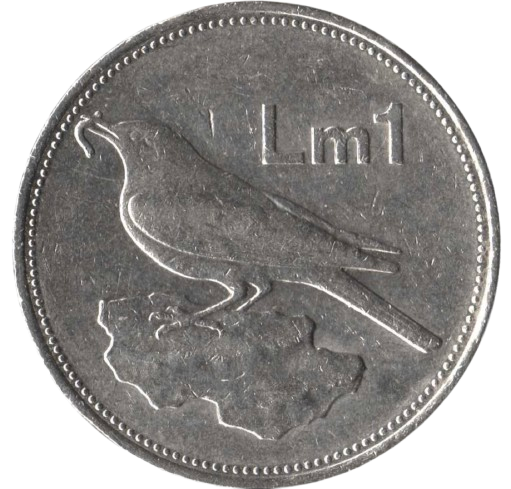
The Maltese Lira and the Pound, while previously synonymous, now separate into different currencies.

Malta becomes a republic on December 13, 1974, and Sir Anthony Mamo becomes the first President of Malta, replacing the British monarch as the head of state.
Freedom Day (Jum Il-Ħelsien)
The last British troops and the Royal Navy leave Malta on the 31st of March 1979, marking full sovereignty of the islands.
Mil denominated coins are removed from circulation.

Malta joins the European Union following a referendum vote.
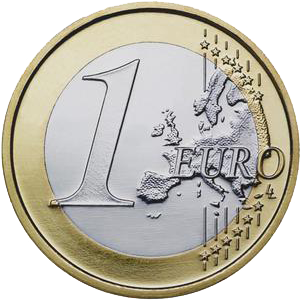
Malta adopts the Euro as its currency, replacing the Lira and further integrating its economy with Europe.
The investigative journalist Daphne Caruana Galizia is assassinated in a car bomb attack for her continuous exposure of political corruption and connections with organised crime networks.
The first case of COVID-19 in Malta, eventually resulting in 800 deaths in the following two years.